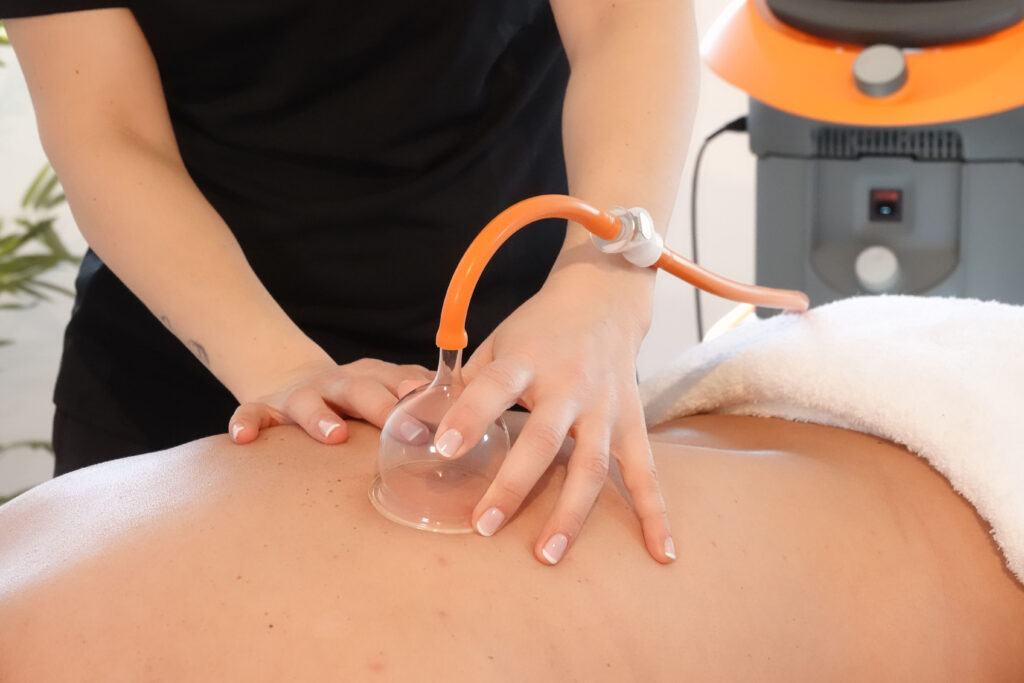INDIBA Technologies Highlighted as Key Tools in Scar Reduction Treatment.
Published:5 June,2023

Frédérique Fitoussi-Soussen , fisioterapeuta en París desde hace más de 20 años, DU cicatrización de heridas, quemaduras y necrosis París en 2021.
The healing process is essential to restore the skin barrier’s integrity, and it consists of three phases: the vascular inflammatory phase, the proliferative phase, and the longest stage, the remodeling phase. The remodeling phase is when scar tissue is generated, leading to scars appearing on the skin’s surface. The shape and size of scars depend on the type of wound that caused them.
Scars can result from various injuries, such as traumatic wounds like cuts and tears, surgical wounds like laparotomies, or burns, pressure sores, and ulcerations. Any disruptions during the scarring process can lead to abnormalities, making them harder to reduce once healed. Some scars, like keloid, hypertrophic, adherent, and retractile scars, may not disappear on their own and can cause functional and aesthetic problems for patients.
Indeed, these types of scars can cause anxiety and distress for patients. This is why physiotherapists are so important in this area, as they can provide treatments like massage, postural and muscular work, hydration therapy, myofascial work, and vacuotherapy to address excess scarring.
In my practice, I’ve been using INDIBA radiofrequency treatments for seven years to treat scars, both old and new. Recently, I found the INDIBA AEROflow device particularly effective, with its fixed or mobile application heads and negative pressure capabilities. Indeed, I have noticed a significant improvement in the scarring healing process in my patients when using this device.

The AEROflow device utilizes negative pressure technology to provide powerful benefits. It works by activating the local vascular system to improve tissue health, promoting drainage to eliminate toxins, and releasing superficial and deep fascia. With various application heads, the vacuum system can be customized to target different areas of the body.
The standard INDIBA 448 kHz radiofrequency, on the other hand, has various biological effects and benefits, such as promoting cell regeneration, increasing metabolic activity, and reducing inflammation, pain, and edema. It can benefit both patients (by quickly reducing pain) and treatment providers (by saving time). This method is especially useful in postoperative care, as it can alleviate pain and swelling, enhance the healing process, and prevent future scarring. Additionally, it can prevent adhesions and reduce the risk of retractable scars.
During the treatment, not only the scar but also the surrounding tissues that a manual masseur-physiotherapist would typically work on are addressed.
To summarize, a combination of physiotherapy treatments with INDIBA 448KHz radiofrequency and/or AEROflow negative pressure therapies can aid in the healing process and lower the chances of abnormal scarring. However, the type of wound, the healing stage, and the masseur-physiotherapist’s scar evaluation will determine the appropriate application of these treatments.